The Fig. 6.23 shows two identical rectangular loops (1) and (2), placed on a table along with a straight long current carrying conductor between them.
What will be the directions of the induced currents in the loops when they are pulled away from the conductor with same velocity v ?
(ii) Will the emf induced in the two loops be equal ? Justify your answer. 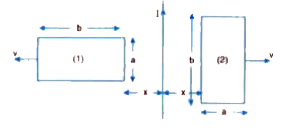
(i) In accordance with Lenz.s law induced current flows in an anticlockwise direction in loop number (1), but flows in clockwise direction in loop number (2). Due to current I magnetic field →B developed around loop (1) is perpendicular to the plane of paper and pointing outward. On moving the loop away the induced emf tends to strengthen the magnetic field and hence induced current flows in anticlockwise direction. Similarly, it can be shown that induced current in loop (2) will flow in clockwise direction.
(ii) The magnitude of induced emf in two loops will be different because rate of change of magnetic flux in them are different.
Topper's Solved these Questions
- BOOK - U-LIKE SERIESCHAPTER - ELECTROMAGNETICE INDUCTIONEXERCISE - Long Answer Questions -I16videos
ELECTROMAGNETICE INDUCTION
- BOOK - U-LIKE SERIESCHAPTER - ELECTROMAGNETICE INDUCTIONEXERCISE - Long Answer Questions -II9videos
ELECTROMAGNETICE INDUCTION
- BOOK - U-LIKE SERIESCHAPTER - ELECTROMAGNETICE INDUCTIONEXERCISE - Very Short Answer Questions30videos
ELECTROMAGNETICE INDUCTION
- BOOK - U-LIKE SERIESCHAPTER - ELECTROMAGNETIC WAVESEXERCISE - SELF ASSESSMENT TEST (SECTION C)1videos
ELECTROMAGNETIC WAVES
- BOOK - U-LIKE SERIESCHAPTER - ELECTROSTATIC POTENTIAL AND CAPACITANCE EXERCISE - SELF ASSESSMENT TEST1videos
ELECTROSTATIC POTENTIAL AND CAPACITANCE
Similar Questions
Figure shows a rectangular current carrying loop placed 2cm away from a long, straight, current-carrying conductor. What is the direction of the net force acting on the loop?
 View Solution
View SolutionShow a conduction loop placed near a long, straight wire carrying current i as shown. If the current increases continuously, find the direction of the induced current in the loop.
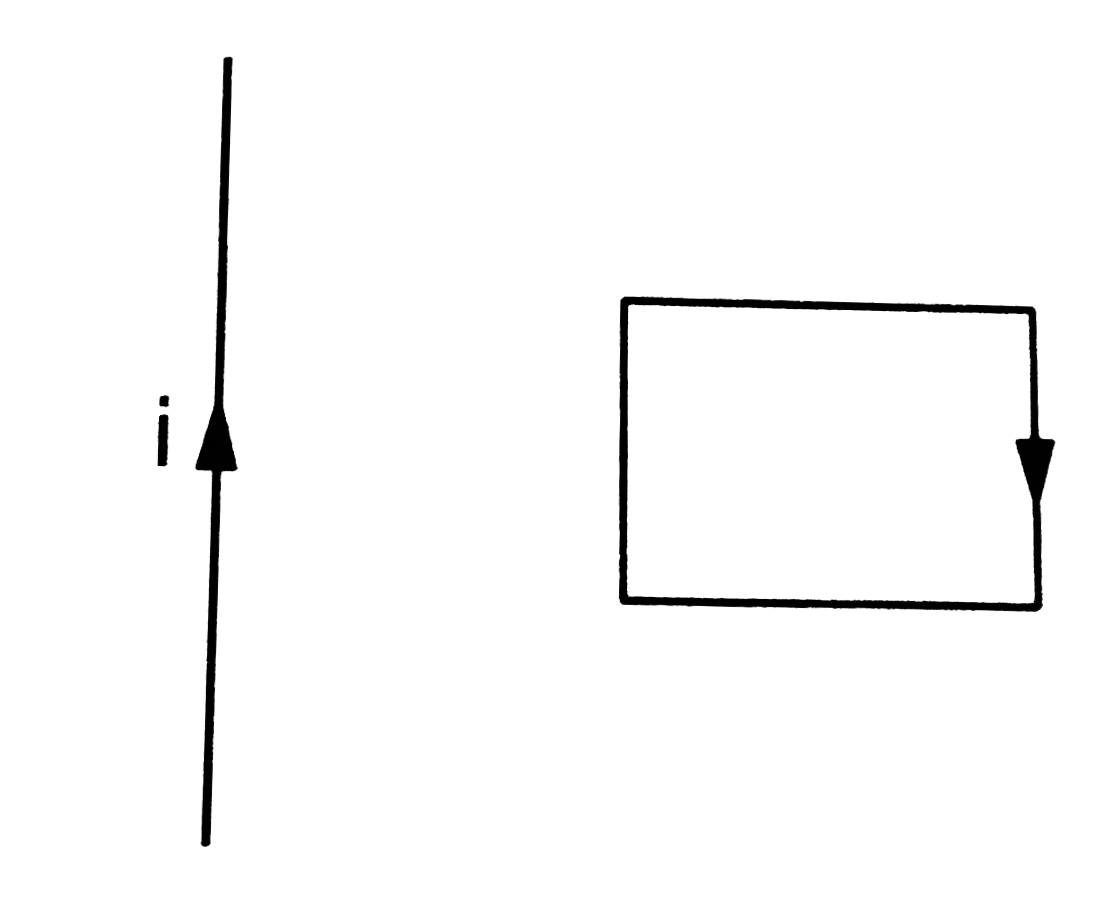 View Solution
View Solution
Knowledge Check
- Question 1 - Select One
A square loop PQRS is carried away from a current carrying long straight conducting wire CD. The direction of induced current in the loop will be __
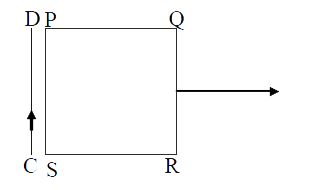 AanticlockwiseBclockwiseCsometimes clockwise some times anticlockwiseDcurrent will not be induced
AanticlockwiseBclockwiseCsometimes clockwise some times anticlockwiseDcurrent will not be induced - Question 2 - Select One
A circular loop is placed near a current carrying conductor as shown in figure. Find the direction of induced current, if the current, in the wire is decreasing.
 AclockwiseBAnti-clockwiseCfirst clockwise then anti-clockwiseDnone of these
AclockwiseBAnti-clockwiseCfirst clockwise then anti-clockwiseDnone of these
Figure shows a conducting loop placed near a long straight wire carrying a current i as shown, if the current increases continuously, find the direction of the induced current in the loop.
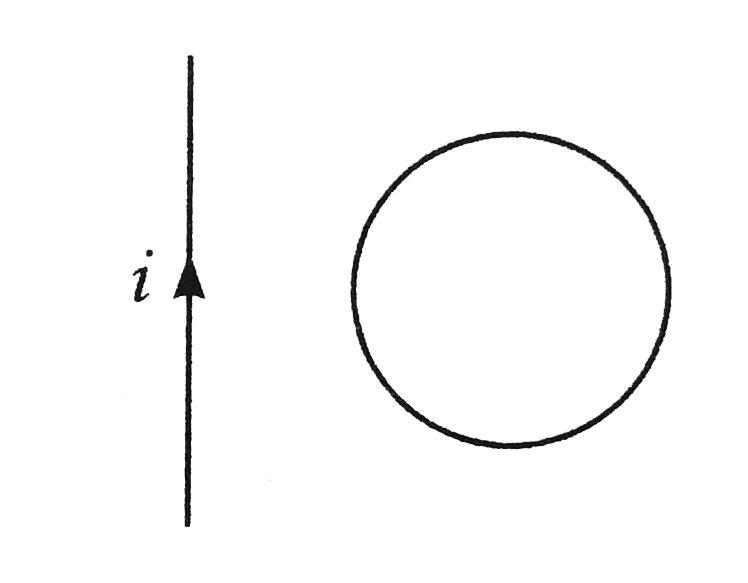 View Solution
View SolutionFigure shows a conducting loop placed near a long straight wire carrying a current i as shown, if the current increases continuously, find the direction of the induced current in the loop.
 View Solution
View SolutionFigure shows a rectangular current-carrying loop placed 2cm away from a long, straight, current carrying conductor. What is the direction and magnitude of the net force acting on the loop?
 View Solution
View SolutionA circular loop is placed near a current carrying conductor as shown in figure. Find the direction of induced current, if the current, in the wire is decreasing.
 View Solution
View SolutionFig. 6.15 shows a current carrying solenoid moving towards a conducting loop. Find the direction of the current induced in the loop.
 View Solution
View SolutionA rectangular loop of wire shown below is coplanar with a long wire carrying current I.
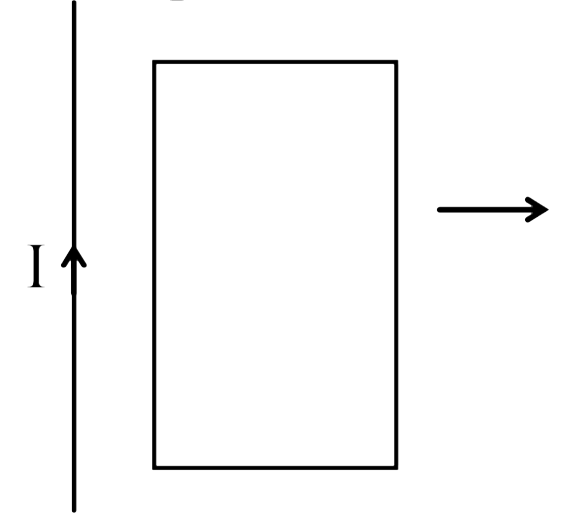 The loop is pulled to the right as indicated. What are the directions of the induced current in the loop and the magnetic forces on the left and the right sides of the loop View Solution
The loop is pulled to the right as indicated. What are the directions of the induced current in the loop and the magnetic forces on the left and the right sides of the loop View Solution

